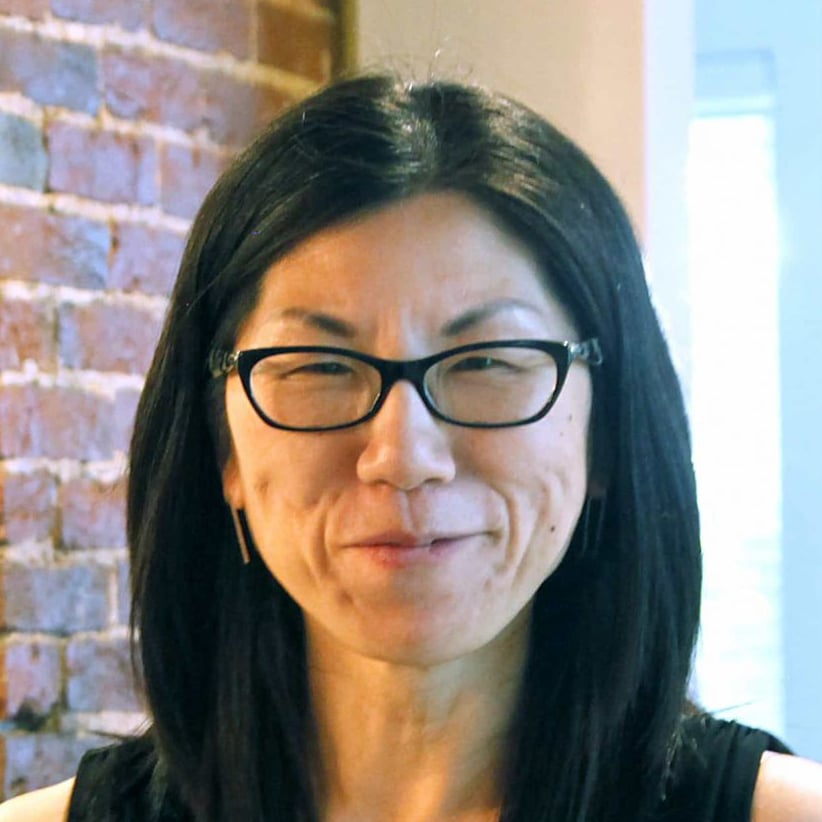In my new book, Transforming Museum Management, I call an ideal museum a deep learning museum that is not afraid of transforming internally to respond to changing external pressures and needs. A deep learning museum is based on the ideas of a learning organization (Senge 1990) and deep ecology (Naess 1973). A deep learning museum is (1) capable of understanding its interconnection with its surroundings, (2) governed by the board that represents the community and understands the values of museums, (3) has a networked and flexible internal structure to work collaboratively and listen to diverse voices from inside and outside the museum, (4) is not afraid of disorganization and reorganization even if that means changing its ways of thinking and doing things, and (5) pays attention to not only the types of programs and exhibitions and number of visitors they attract but also the process of how they are created and who were included. Museum workers of a deep learning museum are systems intelligent, reflecting on not only their own work but also how their thoughts, actions, and work affect other actors and parts of the museum and think about ways to improve together for the greater good of the museum and its community. They actively listen to each other, ask questions, share information, and collaborate with each other.
If you’re interested in exploring more about these ideas and purchasing the book, use the discount code SMA05 (also below) and apply at checkout when you purchase the book here.



